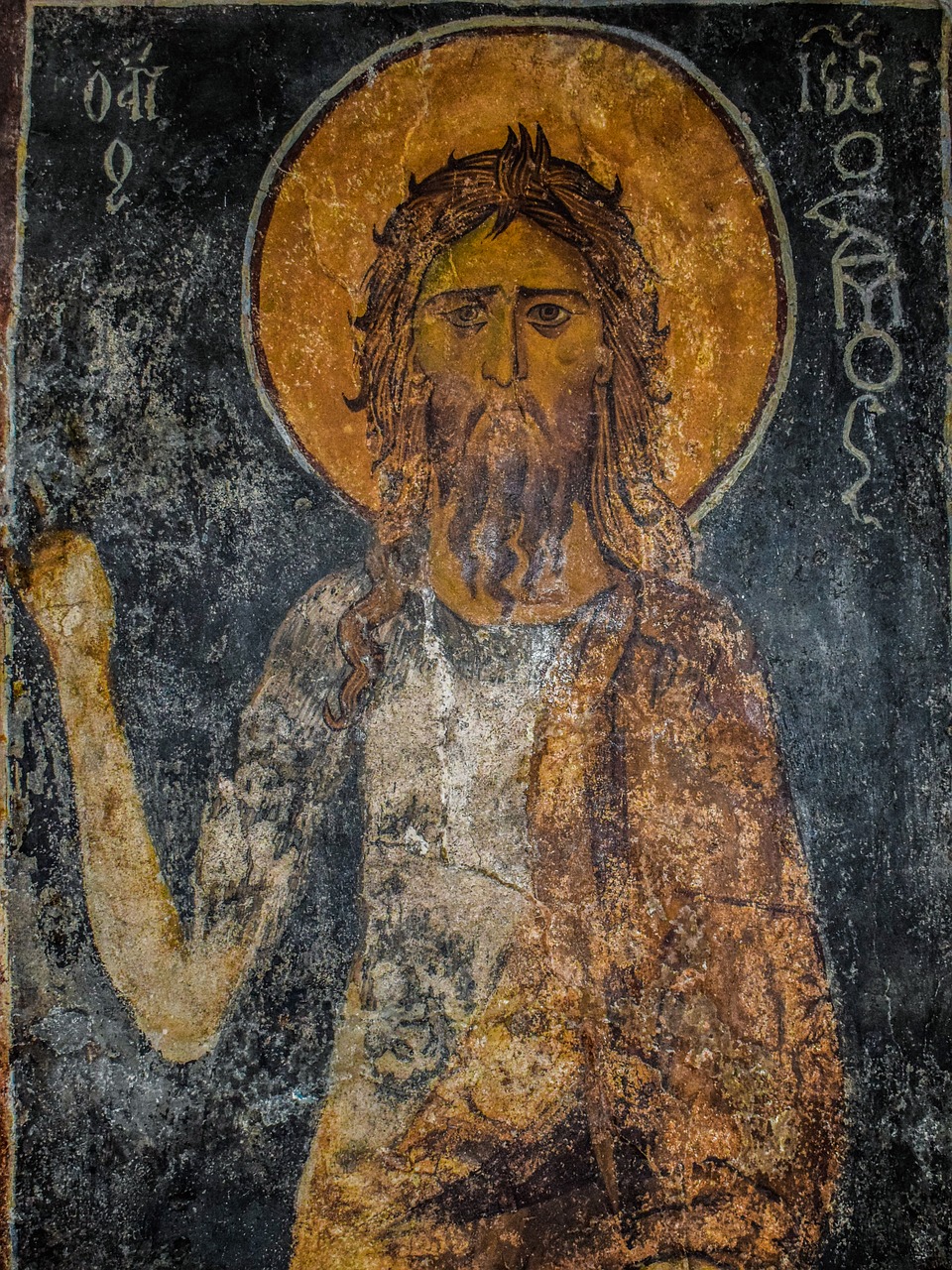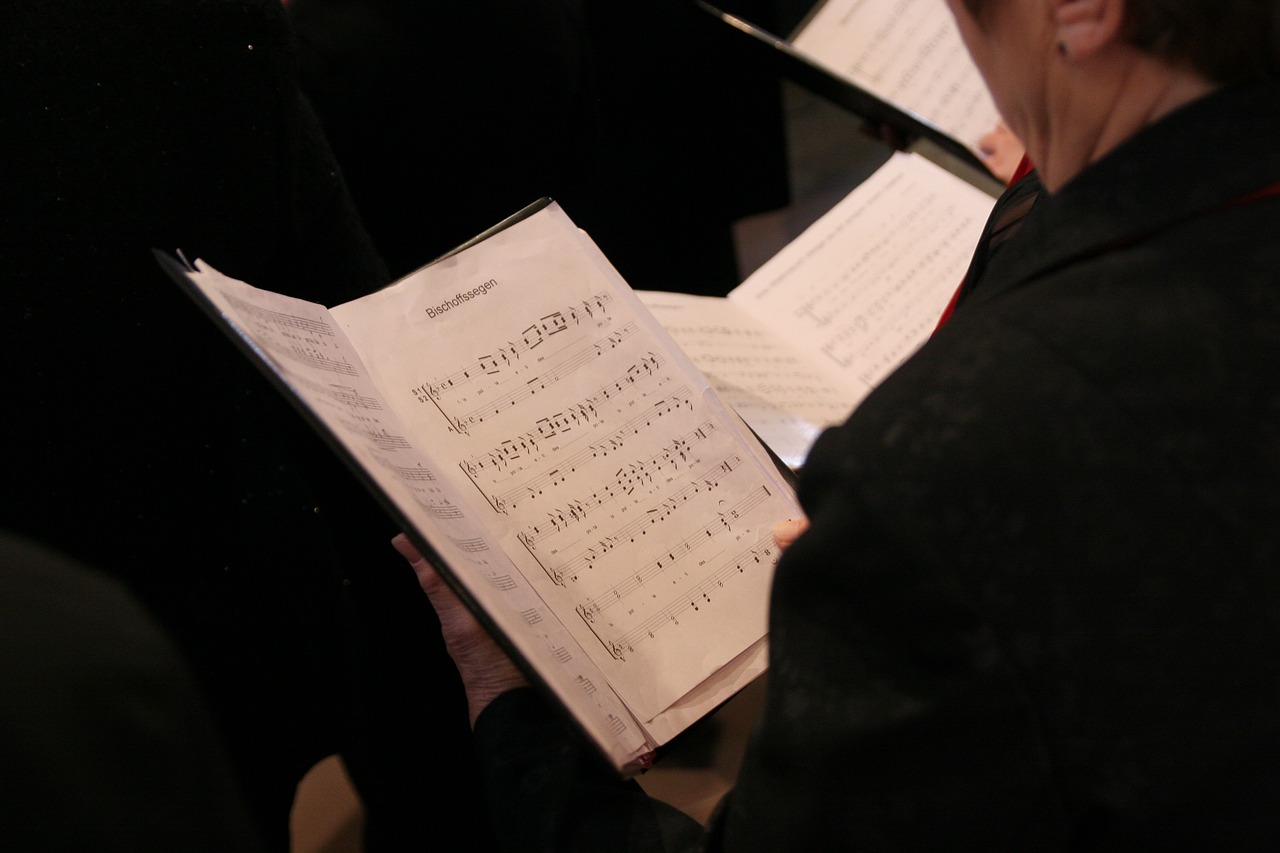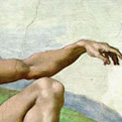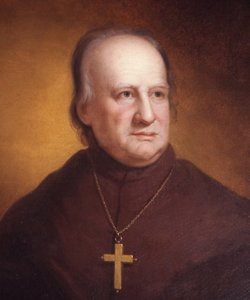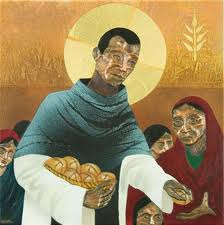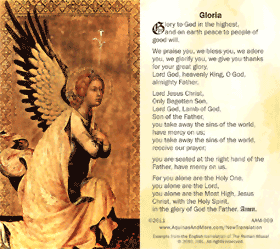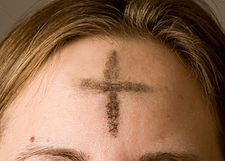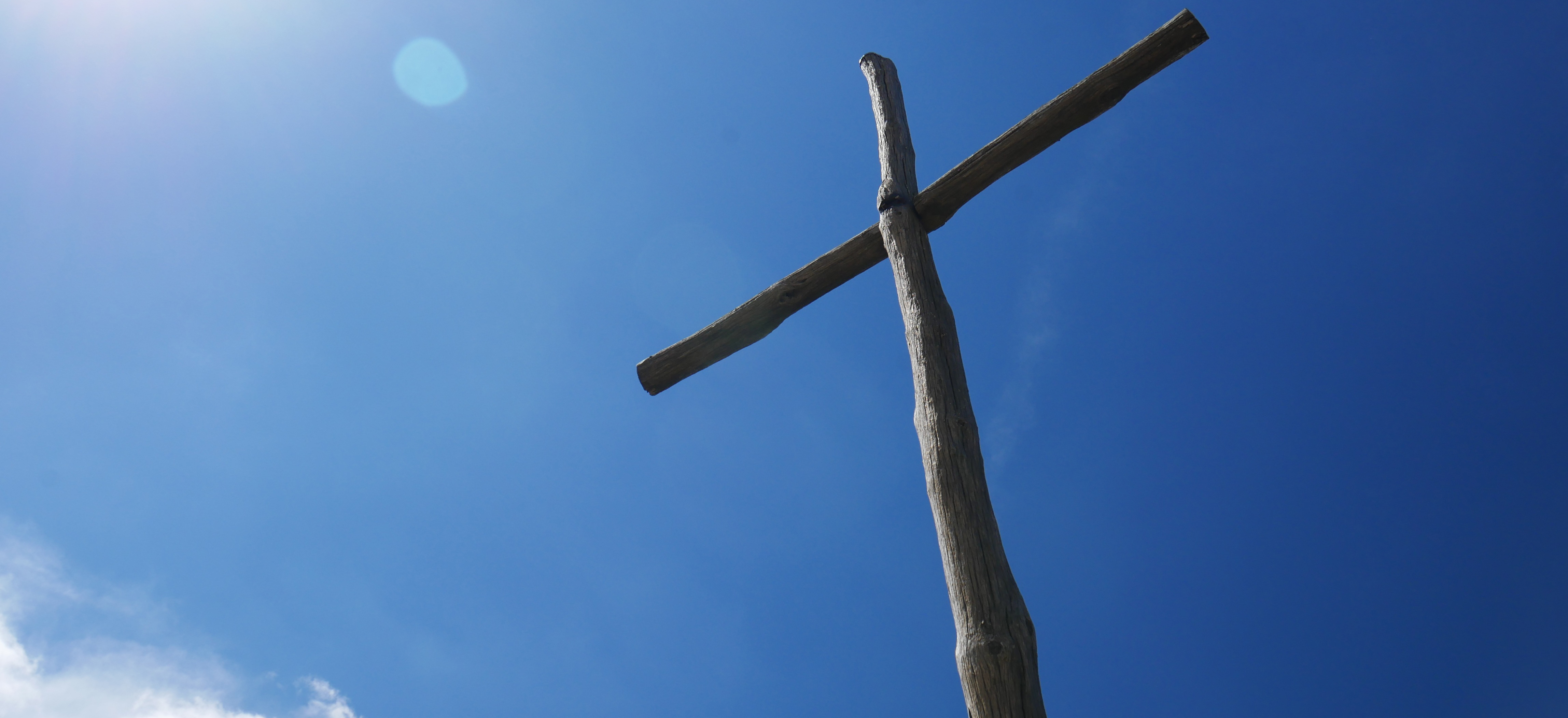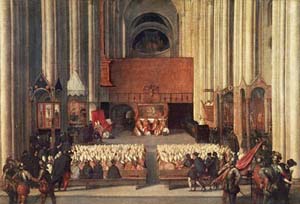As with most questions of this nature, the answer begins with a clarification: Belief is reserved to matters that pertain to doctrines of the faith. So while the church has no teaching for or against extraterrestrial existence, Catholics are not obliged to believe or disbelieve it.
That may sound like faint approval for devotees of E.T. and Area 51, but actually the institutional church has shown a keen interest in this topic. Call it the “Galileo Effect”: The church does not want to be caught on the wrong side of this particular fence a second time. In 2009, the International Year of Astronomy, the Vatican went out of its way to demonstrate the proper spirit. At the Pontifical Academy of Sciences on the Vatican grounds, a conference was held with 30 astronomers, biologists, geologists, and religious leaders to discuss the possibility of life on other planets. Atheists were included on the list of presenters. So were people from the organization SETI (“search for extraterrestrial intelligence").
 |
| ARTISTS RENDITION of Kepler 22-b, an Earth-like planet 600 million light-years from Earth. |
Even before the conference, in 2008 the pope’s chief astronomer (yes, he has one), Jesuit priest and head of the Vatican Observatory José Gabriel Funes, issued his now-famous declaration through the Vatican newspaper, L’Osservatore Romano: “Just like [sic] there is an abundance of creatures on earth, there could also be other beings, even intelligent ones, that were created by God. That doesn’t contradict our faith, because we cannot put boundaries to God’s creative freedom. As Saint Francis [of Assisi] would say, when we consider the earthly creatures to be our ‘brothers and sisters,’ why couldn’t we also talk about an ‘extraterrestrial brother?’ He would still be part of creation.”
Obviously theologians would have a stake in this topic. When the 4th-century Doctor of the Church Saint Athanasius wrote, “The Son of God became man so that we might become God,” it never would have occurred to him to ask if “man” implied humanoids only. Because Christianity is grounded in the hope of salvation for humankind based on a very specific creation story, it makes a difference whether God rescues anthropologically unique beings on this singular planet or universal life on a grand scale. Did Jesus die to save human beings on earth, or does the Cosmic Christ redeem the universe (remember we worship him as Christ the King of the Universe) in ways we have yet to appreciate? Inquiring theologians want to know.
Scripture
• Job 38:1-7; Proverbs 8:22-27; Daniel 3:52-90; John 10:16; Ephesians 4:10; Hebrews 1:2; 11:3
Online
• Theology, Christology, Anthropology by the International Theological Commission (1981)
Book
• Christianity and Extraterrestrials? A Catholic Perspective by Marie George (iUniverse, Inc., 2005)



